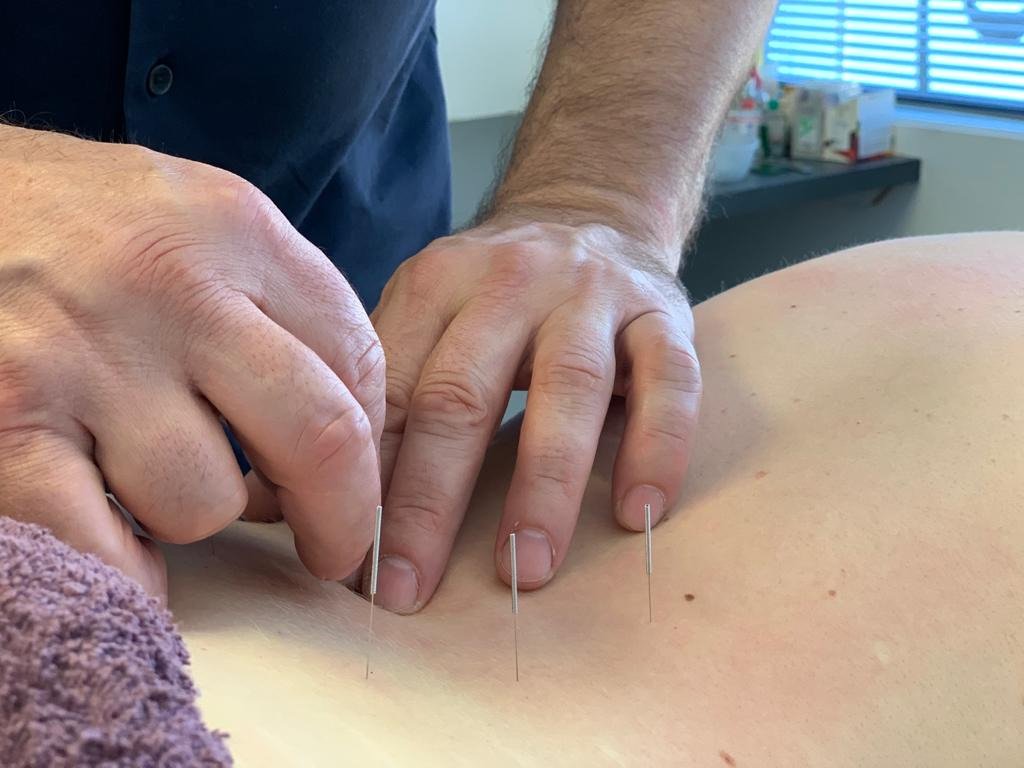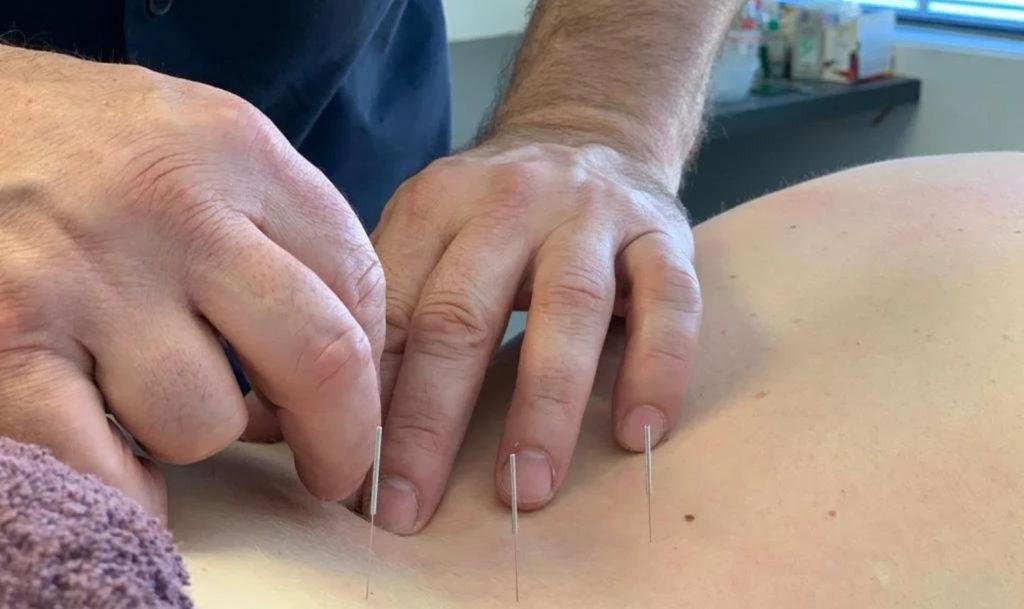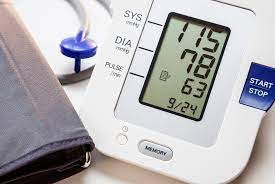Both dry needling and acupuncture have gained traction for treating various ailments. Understanding the distinctions and benefits of each method can be crucial, particularly if you’re considering incorporating them into your wellness routine alongside remedial massage or cupping therapy.

If you’re intrigued by acupuncture and dry needling but find yourself unsure about which treatment option to go for, this blog post aims to shed light on the key differences. We will discuss their historical roots, the science behind them, and the unique benefits they offer, enabling you to make an informed decision for your health and well-being.
Dry Needling vs Acupuncture
The distinction between acupuncture and dry needling can be blurry. The most important thing to know is that dry needling most definitely is a form of acupuncture but acupuncture encompasses a lot more than just dry needling. The Standard International Acupuncture Nomenclature (1) defines Trigger point needling, i.e. dry needling, as a subset of acupuncture. In modern practice, acupuncture and dry needling use the same needles, use similar points and needling techniques, and involve the same biological mechanisms (2).
Dry needling is a comparatively recent system of simplified acupuncture which is described in biomedical language and is used to treat musculoskeletal pain (3). In contrast, the practice of acupuncture has a much longer history which traces back over 2500 years (4). In traditional Chinese medicine, the practice of dry needling can be categorised as “āshì point” needling which involves treating points on the body that respond with exquisite tenderness when pressed. This specific method of acupuncture can be traced as far back as 652CE (5). The traditional Chinese framework of acupuncture contributes a different understanding of underlying pathological mechanisms and a rich history of using needles for a wide range of conditions, which allows for a much broader scope of practice than just musculoskeletal disorders.
Why is it called dry needling? Is there wet needling too?
To explain why it is called dry needling it is useful to examine its history. The earliest record of dry needling was in 1941 when Brav and Sigmund performed a clinical trial on 62 low back pain patients (6). The patients were divided into three groups. One group received local anaesthetic injections into the muscles of the lower back, the second group was injected with saline solution and the third group was needled with an empty hypodermic needle from which no substance was injected (hence “dry” needle). The researchers were surprised to find that the dry needling group was the second most effective after the local anaesthetic group. Later, dry needling became more widely known with the popularisation of trigger point theory based on the work of Janet Travell (1901-1997) (7). In the 1970s, other medical researchers, such as Karel Lewit, began using acupuncture needles instead of hypodermic needles (8). In my opinion, it then ceased to have any distinct difference from acupuncture.
How much training is required to perform needling techniques on clients?
To become a licensed acupuncturist in Australia, practitioners are required to complete a 4-year bachelor degree of Health Science. Upon completion, they will become a registered health practitioner with all rights and obligations, such as complying with the codes and guidelines of the Australian Health Practitioner Regulation Agency (AHPRA) and undergoing regular continued education. In comparison, to perform dry needling on clients, physiotherapists and other health professionals with prior anatomical knowledge may perform needling after completing a dry needling certificate, which can include as little as 1 or 2 days of practical needling instructions.
So what is my best choice? Dry needling or acupuncture?
If you seek support with a musculoskeletal problem, dry needling and acupuncture are both suitable choices and it comes down to the individual practitioner, their education, training, knowledge and years of professional practice. Personally, as an acupuncturist, trigger point or dry needling skills are an integral part of my daily practice, which I use across hundreds of different musculoskeletal disorders. I am grateful to have a thorough Chinese medicine education, which helps me to look at my clients holistically, identifying the root cause of their issues. Nevertheless, I pride myself in following key educators in dry needling for the last 10 years, in which I have completed select professional training on trigger point therapy.
Book an Acupuncture or Dry Needling Session
If you’re interested in learning more about acupuncture and dry needling, or have ever searched for “cupping near me“, and identifying which option is best suited for you, please make a booking to discuss. Our Brisbane acupuncture clinic is based in Bowen Hills, and you can learn more about what to expect during your first visit here.
References
(1) World Health Organization Regional Office for the Western Pacific. (2007). WHO international standard terminologies on traditional medicine in the Western Pacific Region. Manila. Retrieved from https://apps.who.int/iris/handle/10665/206952
(2) Zhou, K., Ma, Y., & Brogan, M. S. (2015). Dry needling versus acupuncture: The ongoing debate. Acupuncture in Medicine, 33(6), 485–490. https://www.doi.org/10.1136/acupmed-2015-010911
(3) Fan, A. Y., Xu, J., & Li, Y. (2016). Evidence and expert opinions: Dry needling versus acupuncture. Chinese Journal of Integrative Medicine, 23(1), 3–9. https://www.doi.org/10.1007/s11655-016-2630-y
(4) Chiu, J. H. (2014). History of Acupuncture. In: Lin YC., Hsu EZ. (eds.) Acupuncture for Pain Management. New York, NY: Springer. https://www.doi.org/10.1007/978-1-4614-5275-1_1
(5) Jiang, S. & Zhao, J. (2016). The historical source of “Trigger Points”: Classical Ashi points. World Journal of Acupuncture – Moxibustion, 26(2), 11–14. https://www.doi.org/10.1016/s1003-5257(17)30003-x
(6) Legge, D. (2014). A history of dry needling. Journal of Musculoskeletal Pain, 22(3), 301–307. https://www.doi.org/10.3109/10582452.2014.883041
(7) McPartland, J. M. (2004). Travell trigger points – molecular and osteopathic perspectives. Journal of American Osteopath Association, 104(6): 244-249. Retrieved from https://jaoa.org/article.aspx?articleid=2092995
(8) Lewit, K. (1979). The needle effect in the relief of myofascial pain. Pain, 6(1), 83–90. https://www.doi.org/10.1016/0304-3959(79)90142-8




